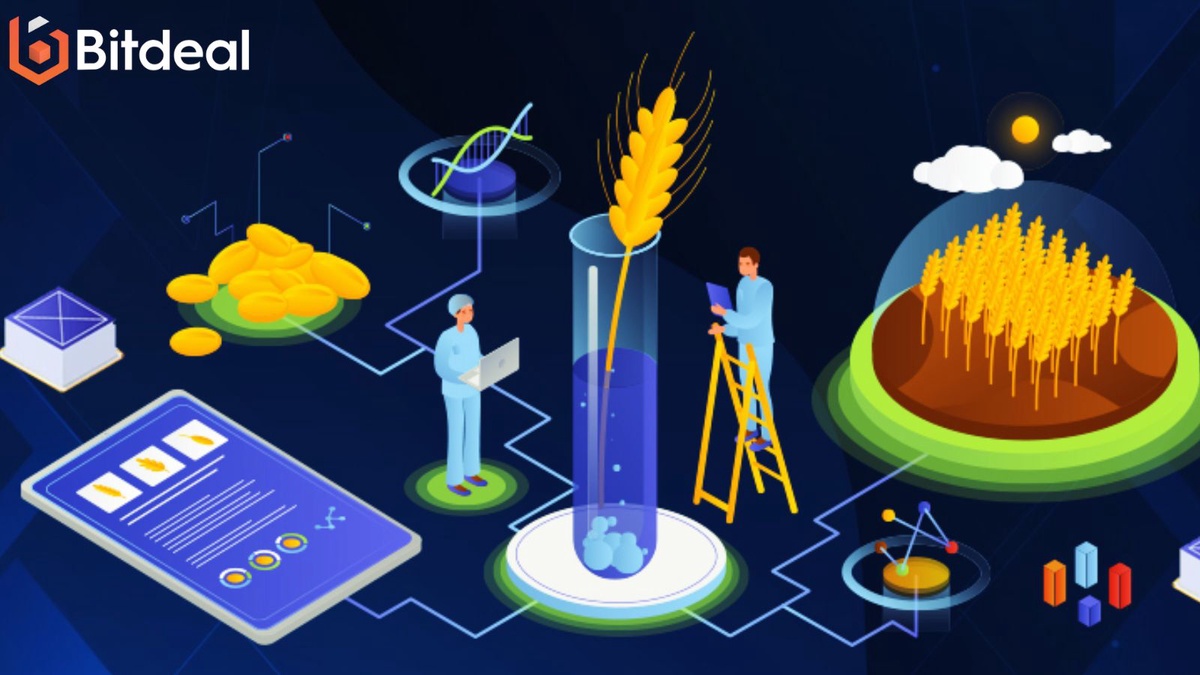In the ever-evolving world of cryptocurrencies and blockchain technology, decentralized finance, or DeFi, has emerged as a transformative force. DeFi encompasses a wide range of financial services and applications built on blockchain networks, aiming to create a more open and accessible financial system.
One of the most intriguing and popular aspects of DeFi is Yield Farming, which allows participants to generate returns on their crypto assets.
In this article, we will delve deeper into the world of DeFi Yield Farming, exploring how it works, its risks, and its potential rewards.
The Foundation: Liquidity Provision and LP Tokens
DeFi Yield Farming often begins with users providing liquidity to decentralized exchanges (DEXs) or lending platforms. Liquidity is the lifeblood of financial markets, and in the DeFi ecosystem, it is no different. Users contribute their cryptocurrency assets to liquidity pools, enabling decentralized trading or lending on these platforms.
The Role of LP Tokens
LP tokens are the key to unlocking the potential of DeFi Yield Farming. Once users possess these tokens, they can explore various strategies to maximize their returns. These tokens are not only tradable but can also be staked in other DeFi protocols, creating opportunities for users to earn rewards.
Yield Farms: Cultivating Returns
Yield farming, also known as liquidity mining, involves taking those LP tokens and staking them in yield farming protocols. These protocols incentivize users to participate by offering rewards, typically in the form of additional cryptocurrency tokens, which can be substantial.
The yield generated through DeFi Yield Farming is multifaceted:
- Trading Fees: Liquidity pools on DEXs generate trading fees from users swapping one cryptocurrency for another. LP token holders receive a portion of these fees as rewards for providing liquidity.
- Interest: In lending protocols, users earn interest on the assets they deposit. When these assets are used in liquidity pools, LP token holders indirectly share in the interest earned.
- Rewards: Yield farming protocols distribute rewards to LP token holders based on their stake in the pool. These rewards can include the protocol's native token or other tokens.
Quantifying Yield: APY and Impermanent Loss
The yield in DeFi Yield Farming is often expressed as an annual percentage yield (APY). This figure represents the potential returns an investor can earn over a year, taking into account the rewards received.
Risk Management in DeFi Yield Farming
Participating in DeFi Yield Farming can be highly rewarding, but it is not without risks. It is essential to consider several risk factors:
- Smart Contract Risk: DeFi protocols and smart contracts can have vulnerabilities that malicious actors can exploit. Audited and reputable protocols are generally safer choices.
- Protocol Risk: The success of yield farming often depends on the longevity and stability of the underlying DeFi protocol. A protocol failure can result in significant losses.
- Market Volatility: Cryptocurrency markets are known for their volatility. Price swings can impact the value of assets in liquidity pools and, consequently, the yield earned.
- Impermanent Loss Mitigation: Strategies to mitigate impermanent loss, such as using stablecoins or carefully selecting liquidity pools, should be considered.
- Diversification: Spreading your assets across multiple DeFi protocols and pools can help reduce risk.
- Due Diligence: Thoroughly researching the DeFi projects and protocols you plan to engage with is crucial. Community feedback and audits can provide insights into their reliability.
- Insurance: Some DeFi platforms offer insurance against certain risks. Utilizing such insurance can provide an additional layer of protection.
Exiting the Farm: Converting Rewards into Assets
Exiting a DeFi Yield Farming strategy is a straightforward process. Users can withdraw their LP tokens from the yield farming protocol at any time. Once these LP tokens are in your possession, you have several options:
- Convert to Original Assets: You can convert your LP tokens back into the original assets by removing liquidity from the pool. This allows you to realize any gains from rewards earned during the farming period.
- Reinvest or Compound: Alternatively, you may choose to reinvest your LP tokens into another yield farming protocol or the same one to compound your returns.
- Trade or HODL: Depending on your investment strategy, you can trade your LP tokens on various exchanges or hold them for potential future gains.
The Evolving Landscape of DeFi Yield Farming
It's essential to recognize that the DeFi space is dynamic and ever-evolving. New protocols, strategies, and opportunities emerge regularly. Staying informed about the latest developments, security practices, and market trends is crucial for successful participation in DeFi Yield Farming.
If you are looking to know more, then check out our official DeFi Yield Farm Development Company page for more information.


No comments yet